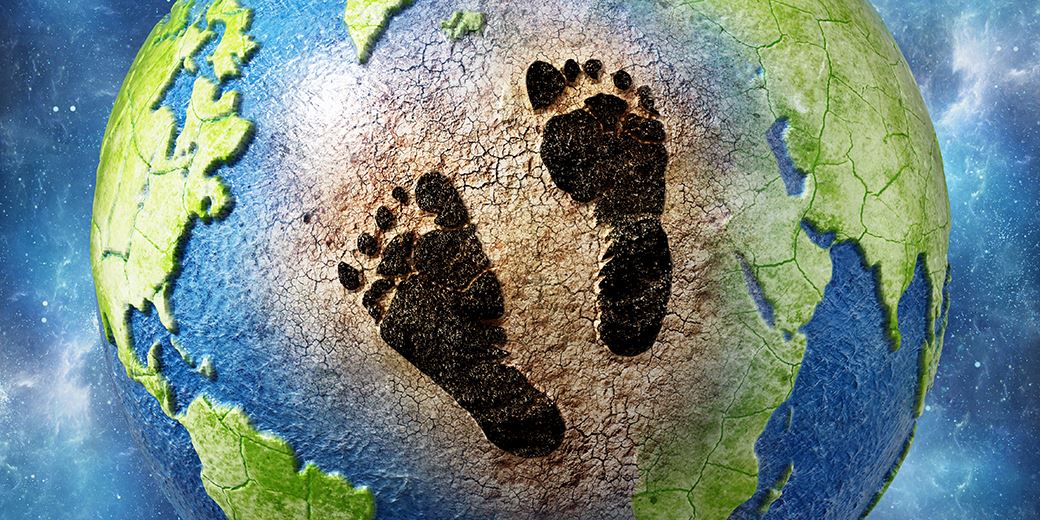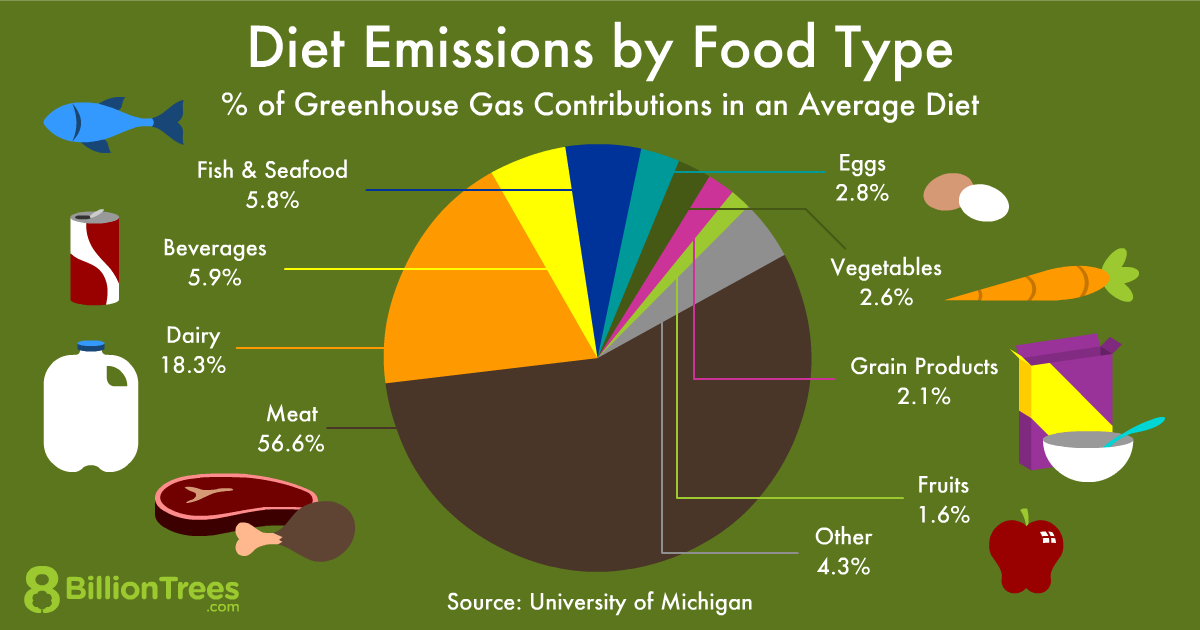5 ways millennials are reducing their carbon footprint
What is the carbon footprint and how to understand It.
"Everything we do has a carbon footprint attached to it"
Quote From BBVA Tweet
Syntek Solar is passionate about our future. If you feel the same about how solar panels on your roof can help lower your carbon footprint, then this article may help explain It easier. When writing this , we had every Intention to not write some long winded article that no-one would read. This article contains very important Information to help save our planet. learn more about what you need to know before going solar

In the fight against climate change, it is essential to understand what is meant by a carbon footprint. Human activity, specifically our energy consumption related to things like electricity or transportation, in many cases causes us to use fossil fuels, and in doing so we emit gases like carbon dioxide and methane.
Digital and carbon footprint:
Climate emergency is one of the greatest challenges facing humanity. Besides transport, the agro-livestock or heavy industry sectors are major contributors to greenhouse gas emissions. Our digital activity, linked to our traceable digital footprint, also contributes to our carbon footprint. Increase your homes energy efficiency.

Food Waste And How It relates to greenhouse gases and carbon footprint
Food loss and waste is estimated to be roughly one third of the food intended for human consumption in the United States. When food is discarded, all inputs used in producing, processing, transporting, preparing, and storing discarded food are also wasted. Food loss and waste also exacerbates the climate change crisis with its significant greenhouse gas (GHG) footprint. Production, transportation, and handling of food generate significant Carbon Dioxide (CO2) emissions and when food ends up in landfills, it generates methane, an even more potent greenhouse gases.
The connection between food loss and waste and climate change is increasingly recognized as important and so is the link between climate change and agriculture and supply chain resiliency. We are increasingly seeing how extreme weather events are disruptive to both agriculture and supply chain resiliency.
Emissions By Country
Source: Boden, T.A., Marland, G., and Andres, R.J. (2017). National CO2 Emissions from Fossil-Fuel Burning, Cement Manufacture, and Gas Flaring: 1751-2014, Carbon Dioxide Information Analysis Center, Oak Ridge National Laboratory, U.S. Department of Energy, doi 10.3334/CDIAC/00001_V2017.
5 ways to limit your carbon footprint?
- Consume local and seasonal products (forget strawberries in winter)
- Limit meat consumption, especially beef.
- Select fish from sustainable fishing.
- Bring reusable shopping bags and avoid products with excessive plastic packaging.
- Make sure to buy only what you need, to avoid waste.
When you drive your car, buy a pair of sneakers or grill a steak, you contribute to the emission of carbon dioxide and other greenhouse gases into the atmosphere. It’s your carbon footprint. Many countries, institutions and companies have committed to reduce their emissions while the EU has even set the objective of being “climate neutral” by 2050. As an individual, you can also estimate your carbon footprint and reduce it.
Why should you care?
The world’s seven billion people consume varying amounts of the planet’s resources. According to the United Nations’ predictions, global population could reach 9.7 billion people by 2050, and over 11 billion by 2100. Growing populations drive up emissions and deplete the planet’s resources.
Increased greenhouse gas emissions have a direct impact on global warming. It accelerates climate change with disastrous effects on our planet. All of us can contribute to fighting global warming by making climate-friendly choices in our daily lives.
How to limit your carbon footprint?
Understanding your carbon footprint can help limit the impact of your consumption on the environment. There are different online solutions to help you estimate your carbon footprint.
Small changes can make a big difference in the long run, for example when it comes to transportation, food, clothing, waste, etc. Here are some tips:
Food
- Consume local and seasonal products (forget strawberries in winter)
- Limit meat consumption, especially beef
- Select fish from sustainable fishing
- Bring reusable shopping bags and avoid products with excessive plastic packaging
- Make sure to buy only what you need, to avoid waste
Clothing
- Take good care of your clothes
- Try swapping, borrowing, renting or buying second-hand
- Buy responsibly-made clothes, e.g. made from recycled material or with an eco-label
Transport
- Cycle or use public transport
- Be smart about when and how you drive
- Try the train for your next holiday
Energy and waste
- Turn down the heating by 1°, it will already make a difference
- Take short showers
- Turn off the water while you brush your teeth or clean the dishes
- Unplug your electronic equipment and don’t leave your phone on charge when the battery is already full
- Don’t store unnecessary data in the cloud (learn more about your digital footprint!)
- Select energy efficient products with an “A” label (EU Energy Label)
- Limit and recycle your waste

